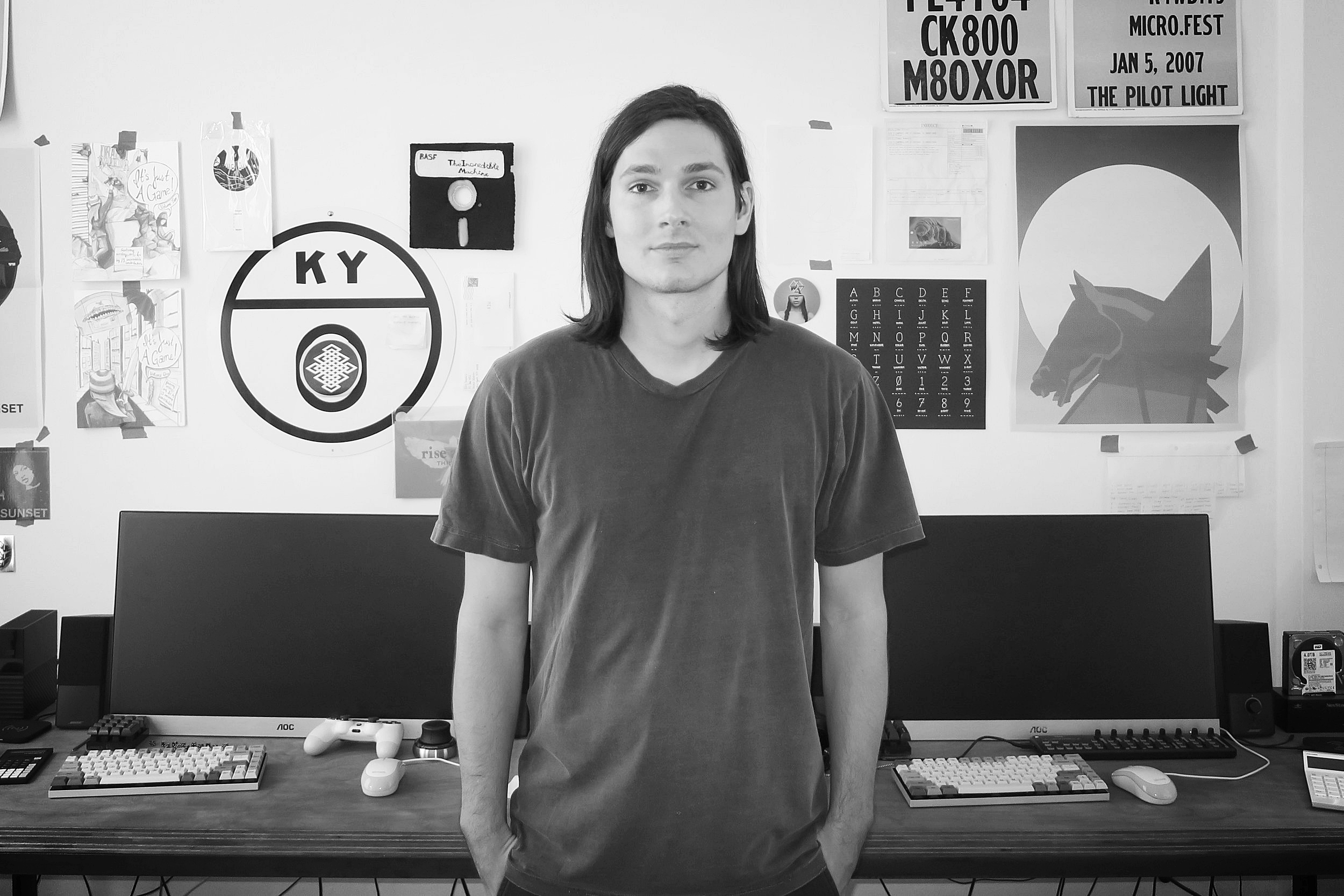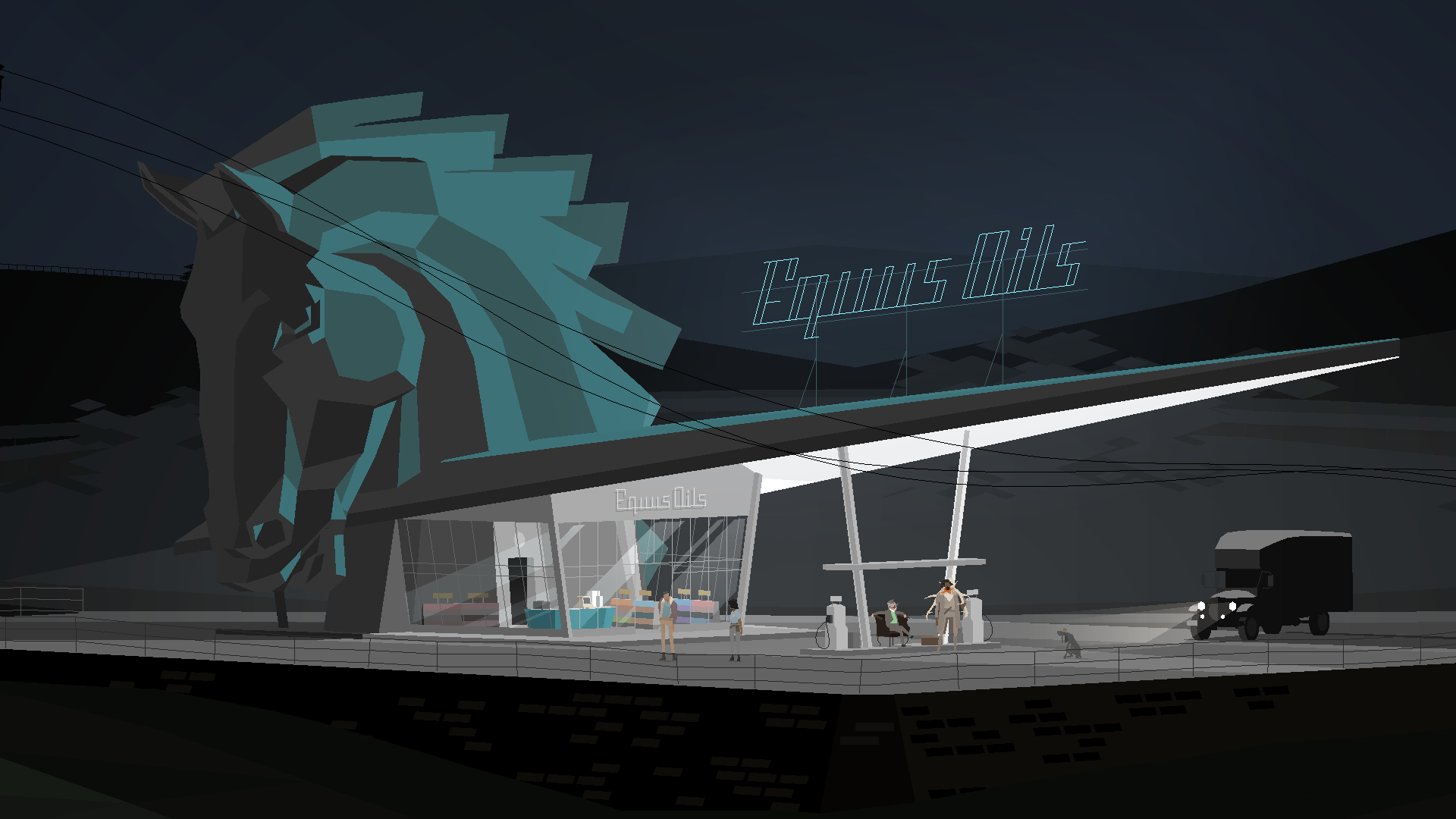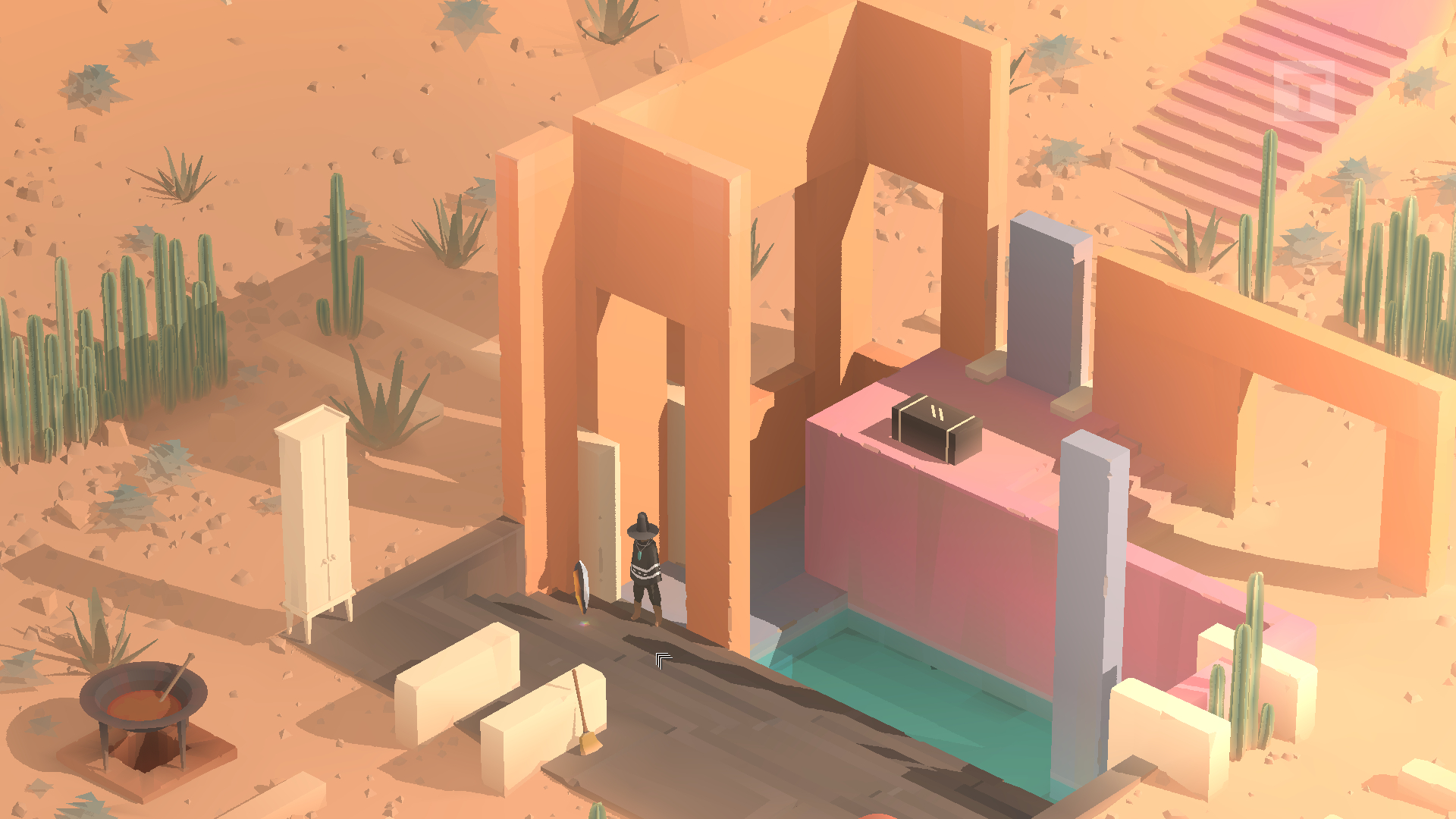TAMAS KEMENCZY
BIO
Cofondatore di Cardboard Computer, il pluripremiato ensemble responsabile di Kentucky Route Zero, Tamas Kemenczy si occupa di game design, arti visive e programmazione grafica. Ha ricevuto riconoscimenti dai più importanti festival di arte videoludica, tra cui l’Independent Game Festival e IndieCade. Le sue opere sono state presentate all'Art Institute of Chicago, al Victoria & Albert Museum, al Museum of Pop Culture (EMP) e al Museum of the Moving Image di New York. Il suo approccio storico-artistico riprende e rielabora le esperienze di artisti-programmatori pionieristici. Ha ricevuto un BFA dalla School of the Art Institute di Chicago, dove ha studiato nuovi media e videogiochi artistici.
Tamas Kemenczy is co-founder and one-third of Cardboard Computer, an award-winning studio known for Kentucky Route Zero, where he does game design, visual art and graphics programming. His visual work on the game has received awards from both Independent Game Festival and IndieCade, and has been shown at the Art Institute of Chicago, Victoria & Albert Museum, Museum of Pop Culture (EMP), and The Museum of the Moving Image in New York. His visual art takes an art-historical approach, calling back to early video hardware and computer graphics efforts by artist-programmers. He has a BFA from the School of the Art Institute of Chicago, where he studied new media and art games.
website
COURSE: GAME ART (2018-2019)
GAME ART will guide students in developing the visual style for their games. An emphasis will be placed on a practical framework for individuals and small teams, with students approaching art direction and production as artist-programmers, moving laterally between all aspects of the pipeline, from research and outlining, to digital content creation, to shading and procedural graphics. As an introduction to this approach, the course will start with a brief survey of video and computer graphics history and look at how artists and programmers have creatively incorporated the features and limitations of their tools and hardware as parameters of a visual language, or how they have side-stepped them altogether. Students will learn valuable skills in creating authored content, such as using 3D CAD software for modeling, rigging and animation, and 2D software for texturing, typography and UI work. The DCC software we will be using in coursework, Blender and GIMP, are known for their prowess in scripting and students will learn to use these tools programmatically/procedurally as well. Shader programming will also be emphasized in coursework, to exemplify the various alternative and creative ways they can be used to develop a visual style and language beyond photorealism, which is already provided by Unity as a default.
PORTFOLIO




